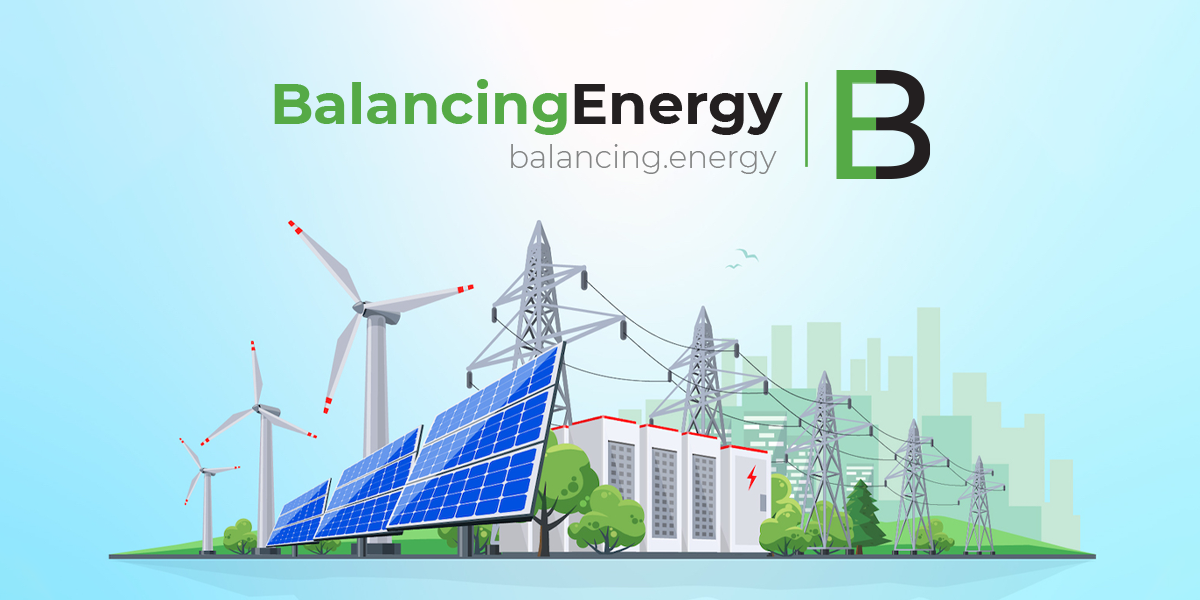Interconnection is the vital missing piece in Europe’s renewable energy puzzle. Expanding cross-border electricity exchange will be critical to harnessing the full potential of new solar and wind power, preventing energy shortages, and reducing reliance on costly backup technologies.
Europe’s energy transition is gaining speed. Renewable energy production broke records all across the continent this spring, displacing fossil fuels as the main source of electricity and driving down bills.
But the energy transition is not just about building more solar panels and windmills. The expansion of grid infrastructure must keep pace. This is where cross-border interconnectors come in, as a critical axis for a low-cost, stable future powered by renewables.
Together with the think tank Ember, we have delved into the many strategic benefits that further electricity interconnection across borders would bring to Europe.
Power in unity
Interconnectors allow electricity to move quickly across borders, enabling countries to support each other during periods of high demand or low generation.
In 2022, for example, France relied on electricity imports from Spain due to record-low nuclear and hydropower production. Similarly, Sweden, the EU state with the highest share of renewables, exported large amounts of electricity to cover the needs of Finland and Denmark.
As we navigate an increasingly volatile geopolitical and energy landscape, interconnectors can act as the threads that weave Europe together, maintaining the security of electricity supply and reinforcing the values of solidarity and resilience.
Cheaper, efficient and reliable
Electricity can be transferred from one country to another in just a matter of minutes. This speed gives the system great flexibility, addressing one of the key challenges of the energy transition: the inherent intermittency and unpredictability of renewable energy sources.
By effectively distributing surplus renewable generation between neighbouring countries and beyond, interconnectors can ensure that nothing is wasted, while creating a more balanced and resilient system. This, in turn, reduces the need for curtailment of excess clean power and maximises the integration of new renewable generation capacity into the overall energy system.
Countries can take advantage of the strength of their weather systems, combining solar energy hubs in southern Europe with offshore wind hubs in the northern seas. Thanks to the diversity of weather conditions across Europe, interconnection allows for surplus solar energy from a sunny day in Italy to be used to meet Germany’s electricity needs on a windless day.
In addition, cross-border trading facilitates the flow of electricity from regions with lower prices or excess supply to areas with higher prices or increased demand, resulting in more competitive and affordable electricity bills for consumers. Increased market integration also encourages investors to build more renewable energy assets, as they can sell the clean electricity they produce to both domestic and foreign markets. Better interconnection can have an overall accelerating effect on the energy transition.
Costly backup alternatives
Beyond interconnection, countries are looking at a range of flexibility options to meet the challenge of balancing variable solar and wind generation. On the one hand, this means enabling demand-side response by both industry and households to reduce energy consumption when it is most needed. On the other hand, more costly options are being considered, such as large-scale storage technologies to capture excess renewable electricity and defer its use to times of low supply, or backup fossil fuel generators which could operate during peak demand periods.
Importantly, these alternatives are not a direct trade-off with interconnection as they can interact to ensure constant grid stability and security of supply. However, increasing cross-border exchanges will minimise the need for other backup options, especially those based on fossil fuels or expensive and immature technologies. All this while optimising renewable generation and avoiding unnecessary curtailment of the latter – a win-win situation.
The Paris Agreement Compatible energy scenario, developed by EEB and CAN, identifies electricity interconnection as one of the most cost-effective routes to secure a stable 100% renewable-based grid by 2040.
Where links are needed
Europe is already the largest interconnected electricity system in the world, with more than 400 interconnectors linking countries and enabling the seamless exchange of clean electricity across borders.
But as Europe moves towards a renewables-dominated energy mix, with a boom in electricity demand driven by the electrification of buildings and transport modes, the need for more cross-border power lines becomes even more critical.
According to Ember’s modelling, Europe must double its current interconnection capacity over the next 10-15 years to deliver on its energy targets and climate neutrality goals. Certain corridors, where interconnection isn’t yet strong must be the focus of this expansion: the Western Balkans’ interconnection; the line connecting Spain, France and Germany; the triangle of Austria, Hungary, and Slovenia; and the offshore links between the UK, France and Ireland.
A crucial decade
Unfortunately, current interconnection development plans fall short of what the power system will need by 2030 and 2040.
On the one hand, responsibility lies on the technical side, where transmission system operators (TSOs) and grid planners must anticipate future system needs. On the other hand, strong political commitment is needed to drive forward interconnection projects. Everyone has seen how high-level negotiations and diplomacy were able to reconfigure the gas routes in Europe following Russia’s unfounded war against Ukraine. Similar speed and political leadership are needed now to realise the European supergrid.
Considering the lengthy lead times for transmission projects (nine years on average in Europe), investment in new cross-border infrastructure needs to be seriously addressed in the short term. Otherwise, we risk facing a serious bottleneck for the energy transition in a decade’s time.
Civil society organisations must stress the need for further interconnection in the renewables debate and put pressure on their governments to come up with ambitious plans as soon as possible. For more information, consult the Ember-EEB policy brief.










